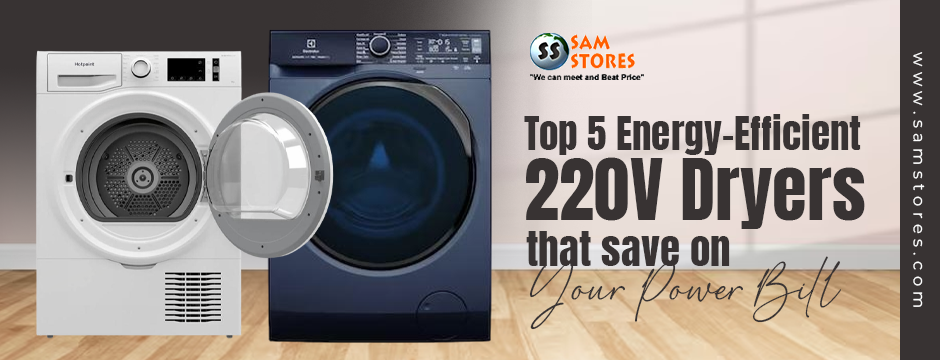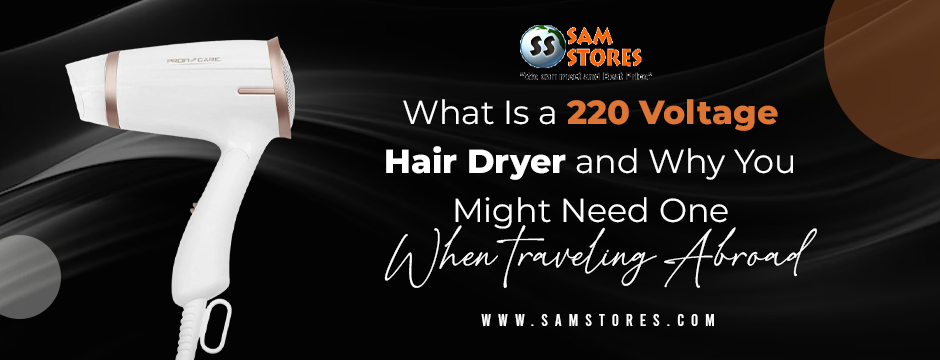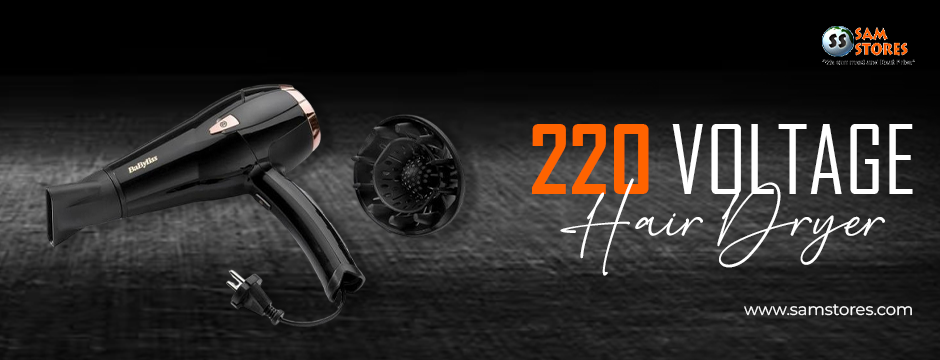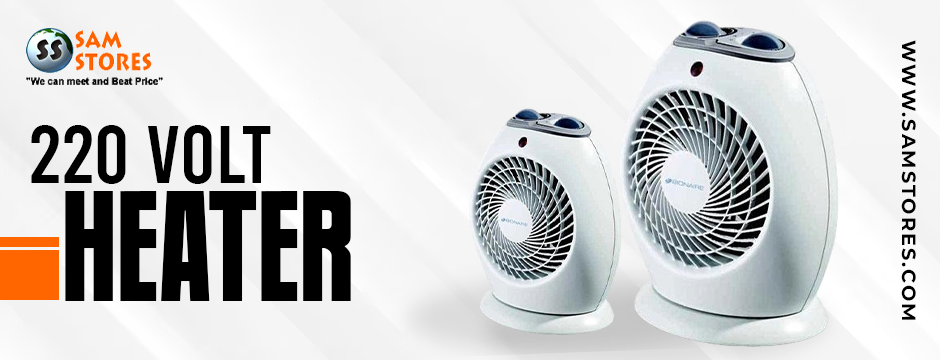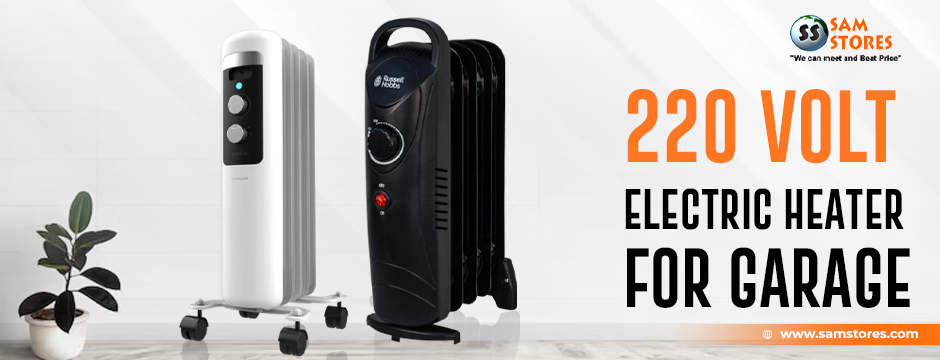If you’ve ever worked with a power tool that bites a little too hard, you know exactly how fast things can go sideways. One second, you’re slicing through steel like butter. The next? You’ve scorched the surface, chewed up your disc, and left an ugly mark that won’t buff out. That’s the double-edged nature of power—especially with a 220 volts angle grinder.
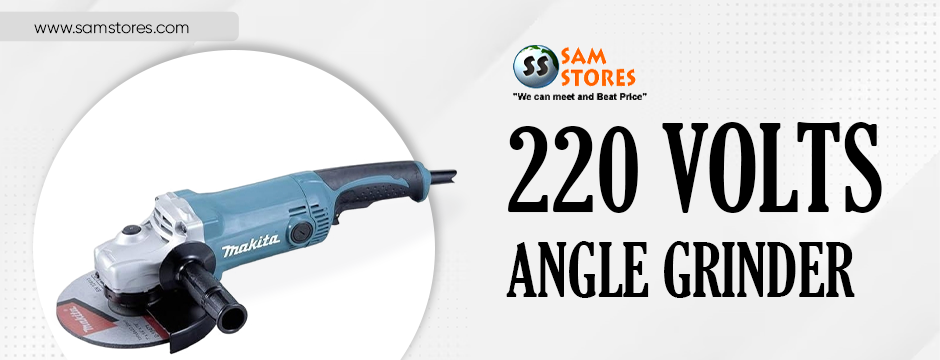
Whether you’re cutting metal beams, trimming tile, or smoothing concrete edges, the 220V grinder is a beast—but it needs a thoughtful hand. At Sam Stores, we’ve seen too many folks ruin a good piece because they didn’t take the time to learn how to use their tool properly.
So, let’s walk through how you can get the job done right, without damaging your material or wasting money.
First Things First: Why 220V?
If you’re using a 220V grinder, you’re likely in one of two boats:
- You’re in a region where 220V is the standard voltage (hello, Europe, Asia, Australia)
- Or you needed extra muscle for heavy-duty cutting or grinding
Either way, 220 volts means more power, more torque, and fewer stalls under pressure. It’s built for big jobs—but that extra juice can do more harm than good if you treat it like a cordless drill.
Know What You’re Working With
Before you fire up your grinder, pause and think about your material. Seriously. This is where most people go wrong.
- Is it soft or brittle? Like tile or limestone? You’ll need a gentle touch.
- Is it dense and thick? Like steel rebar or stone? You’ll need the right disc and maybe some patience.
- Does it heat up fast? Some metals warp quickly under friction.
Every material reacts differently, and guessing your way through is a quick road to scrap.
Get Your Gear On—Yes, Every Time
If you’ve ever caught a flying metal spark in the arm, you know how important proper gear is. Here’s a quick checklist:
- Safety glasses or a face shield – non-negotiable
- Hearing protection – especially with higher RPMs
- Work gloves – not just for grip, but for safety
- Dust mask or respirator – especially on masonry and stone
- Long sleeves – trust us on this one
The goal isn’t just to get the job done—it’s to get it done without a trip to the ER.
Pick the Right Disc for the Job
This part is so often overlooked, but it makes all the difference. A 220 volts angle grinder will chew through just about anything if you pair it with the right disc.
Here’s the quick rundown:
| Task | Recommended Disc |
| Cutting metal | Thin cut-off wheel |
| Grinding welds | Grinding disc (coarse or medium grit) |
| Cutting tile or stone | Diamond blade |
| Polishing or smoothing | Flap disc or buffing pad |
Using the wrong disc is like trying to butter toast with a chainsaw—it might work, but it’s gonna get messy.
Don’t Force It. Let the Grinder Work.
This one’s huge: you’re not pushing a lawn mower here.
The grinder is fast and powerful enough on its own. You don’t need to shove it into your material. That’s how you get:
- Overheated discs
- Chipped edges
- Burned surfaces
- Worn-out motors
Instead, use light pressure and keep your movement steady. It’s more about control than force.
Angles Matter More Than You Think
A grinder isn’t called an angle grinder for nothing.
- Cutting? Keep it straight. Don’t twist mid-cut.
- Grinding or smoothing? A 15–30° angle usually works best.
- Polishing? Keep it flatter and use a light hand.
Wrong angles don’t just leave ugly marks—they can cause kickback. And no one likes kickback.
Watch the Heat (Your Grinder and Your Material)
220V means high RPMs. High RPMs mean heat. And heat? Well, heat can ruin everything.
When you’re working on something like stainless steel, for example, it’s easy to overheat it and cause discoloration or warping. With concrete or tile, too much heat can cause cracks.
Here’s what to do:
- Don’t grind in one spot too long
- Let the disc cool between passes
- Mist the surface lightly with water if it’s stone or tile (just be careful with electricity)
Also, if your tool starts to smell hot, whine loudly, or slow down—stop. That’s your cue to give it a break.
Lock It Down—Literally
Another underrated but crucial part of the process: secure your material.
If your piece is moving around while you’re grinding or cutting, you’re setting yourself up for a disaster. Either you’ll mess up the surface or, worse, the tool will jerk and take your wrist with it.
Use clamps, vises, or even sandbags to keep your material still. A stable base = cleaner, safer cuts.
Listen to Your Tool (It Talks More Than You Think)
This might sound weird, but your grinder has a voice—sort of. If it starts vibrating differently, changing pitch, or spitting out more sparks than usual, something’s off.
- Too many sparks? You’re grinding at the wrong angle or pressing too hard.
- Sudden jerks? Could mean your disc is catching or your material shifted.
- Burning smell? Stop immediately. That could be your disc wearing down—or your motor begging for mercy.
A bit of awareness goes a long way.
Common Mistakes—and How to Avoid Them
Here are some missteps we see often, especially from new users:
- Using a worn-out disc: It’s dangerous and ineffective. Replace early.
- Grinding without eye protection: One small fragment = serious injury.
- Skipping prep: Mark your cut lines. Secure the material. It saves time in the long run.
- Assuming all grinders are the same: They’re not. A 220V tool requires more attention and finesse.
Quick FAQ for 220V Angle Grinder Users
Can I use a 220V angle grinder in the U.S.?
Only if you have the right outlet or a step-up transformer. Most U.S. homes run on 110–120V, so plugging it in directly is a no-go.
Do I need special discs for a 220V grinder?
Not exactly. The discs are mostly the same—but they’ll wear out faster under higher torque if you use the wrong type.
How do I know when a disc is done?
Look for excessive wear, visible cracks, or a change in performance. If it’s not cutting like it used to, don’t risk it.
Can I cut wood with a 220V grinder?
Technically? Yes—with the right disc. But it’s not recommended unless you really know what you’re doing. There are better tools for that job.
Final Thoughts: Confidence Comes with Practice
Using a 220 volts angle grinder isn’t complicated—but it does take some finesse. Get to know your tool. Learn what it sounds like when it’s working properly. Don’t force things. Keep it steady.
And when in doubt? Take a step back. It’s better to reassess than to redo—or worse, get hurt.
At Sam Stores, we’re not just here to sell you tools. We’re here to help you use them smarter. If you’re in the market for a reliable 220V grinder—or any high-performance 220 volts electronics—we’ve got your back.
Ready to power up your toolbox?
Check out our full range of 220 volts grinders—with global shipping, genuine parts, and expert support.
